With his manipulated televisions, robots and satellite videos, the South Korea-born artist offered some of the earliest and most insightful reflections on the then-emerging information age. This survey of more than 200 works – the largest ever arranged in the UK, co-organised with the San Francisco Museum of Modern Art where it will travel next year – begins with Paik’s early collaborations with the Fluxus group in the 1960s, takes in seminal installations such as TV Garden (1974), and culminates in a full recreation of his Sistine Chapel (1993), for which he was awarded the Golden Lion at the Venice Biennale. Find out more from Tate’s website.
Preview the exhibition below | View Apollo’s Art Diary here

Robot K-456 (1964), Nam June Paik. Courtesy Friedrich Christian Flick Collection in Hamburger Bahnhof
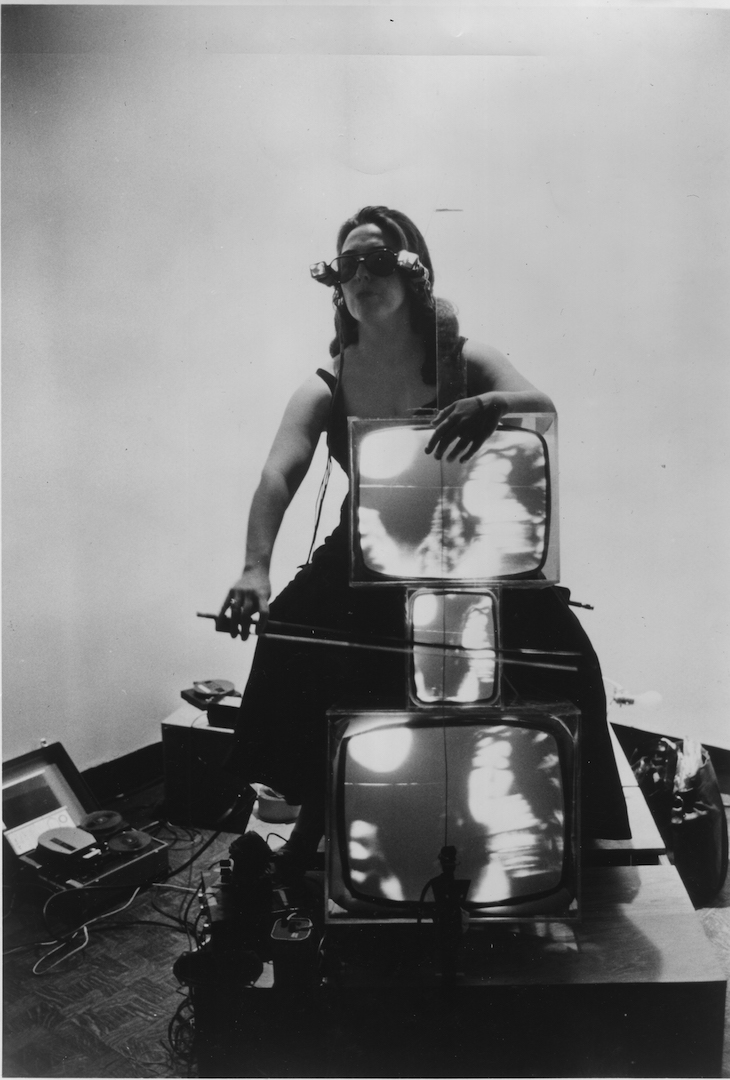
Charlotte Moorman with TV Cello and TV Eyeglasses (1971), Nam June Paik

TV Garden (1974), Nam June Paik, installation view at the Kunstsammlung Nordrhein-Westfalen, Dusseldorf in 2002
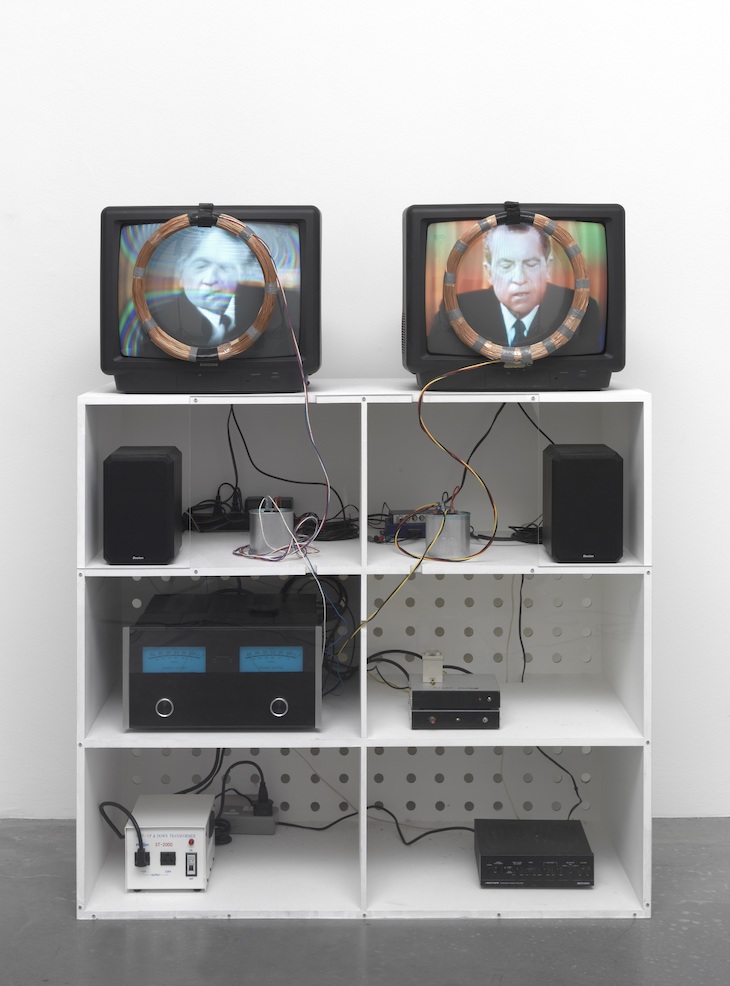
Nixon (1965/2002), Nam June Paik. Courtesy Tate



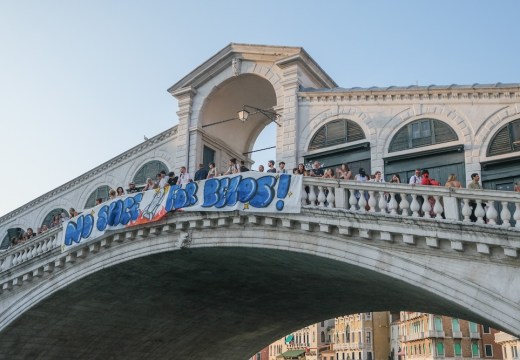

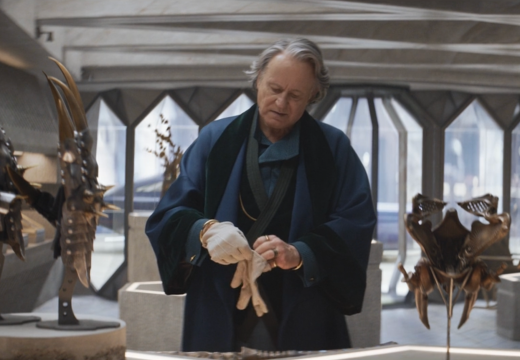
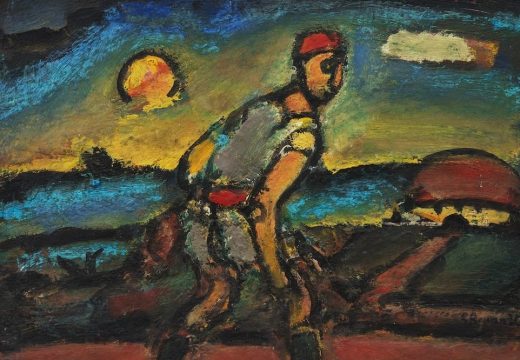
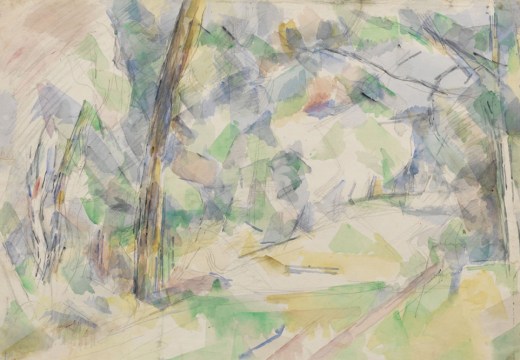



![Masterpiece [Re]discovery 2022. Photo: Ben Fisher Photography, courtesy of Masterpiece London](https://apollo-magazine.com/wp-content/uploads/2022/07/MPL2022_4263.jpg)
Why antiquities matter so much in a galaxy far, far away